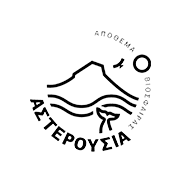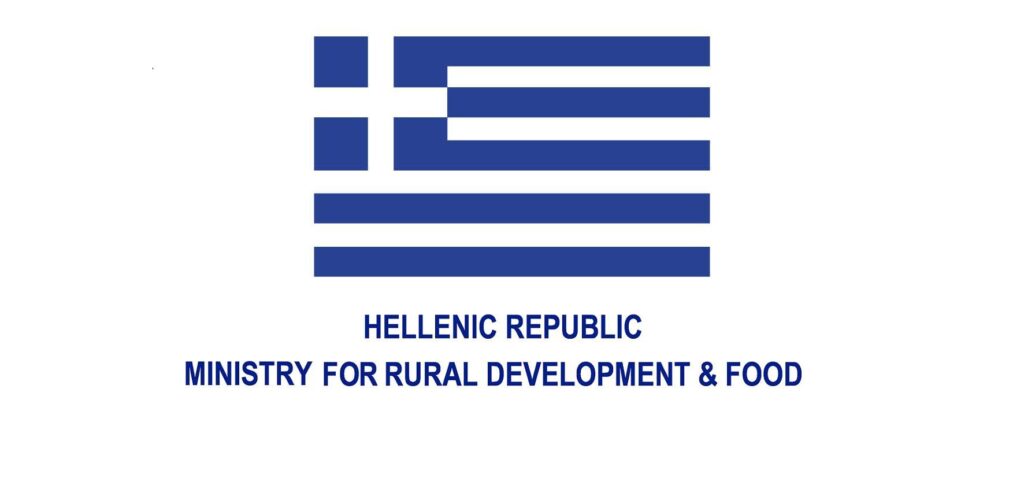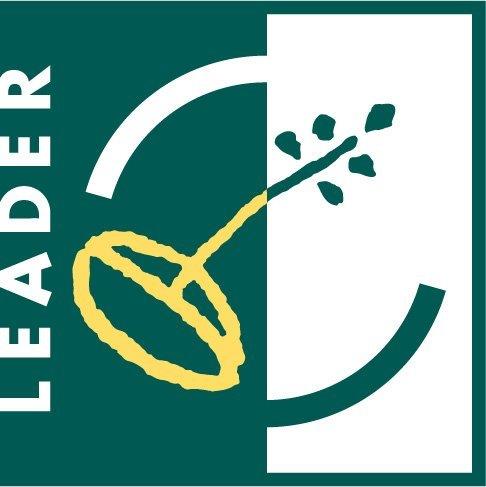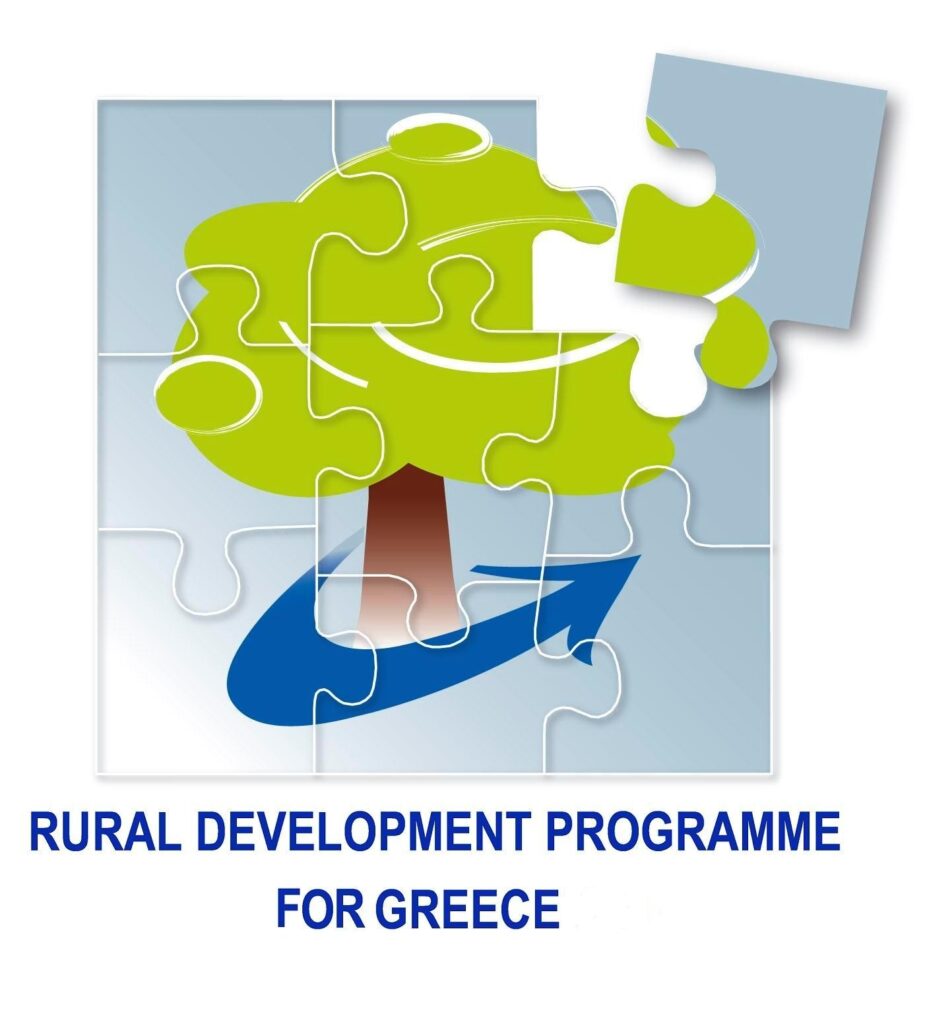History
- Home
- History
History
It is said that it is the people who give a place its character and personality… In the case of Asterousia, both its seductive natural landscape and its people can be described as unique and fascinating.
If one were to summarize the characteristics of the mountain and its inhabitants, the adjectives “primeval, self-sufficient, and sacred” would definitely be the most suitable for the task.
The history of the Asterousia Mountains follows their geographical division into three zones: the northern, the central, and the southern zone.
During the Prehistoric Period, there was intense residential activity in all three zones; later on, however, each zone veered into a different path.
Due to its proximity to the fertile plains, the population of the northern zone of Asterousia saw a steady increase over time, up until the large population rearrangements that occurred during the Ottoman occupation. In the 18th century, almost all the inhabitants converted to Islam. Later, in the 19th century, after having adopted a Turkish identity, the people had to leave their villages following the predominance of Christians in the countryside. Even after they managed to settle in their houses however, the great revolutions of the 19th century took place, which led to the first villages in the northern zone of Asterousia becoming deserted. These included the villages of Tzavoliana, Neoniana, Kalogeriana, Kanathiana, Salami, Karya etc.
The southern zone, which borders the Libyan Sea, and the central zone of Asterousia, which occupies the bulk of the mountain range and is at a high altitude, followed two completely different paths. Every time one of the two flourished, the other became deserted. Therefore, during the Hellenistic, Roman, and Early Byzantine periods, while the southern coasts were buzzing with life with many large cities, harbors, shrines, sanctuaries, and early Christian basilicas, the central zone was almost completely abandoned.
During the pre-Arab period, the coasts of Crete were deserted because of pirate raids. Due to their location, the coast of Asterousia was one of the first to suffer repeated attacks. After the Arab occupation ended and for at least 13 centuries, the southern shores of Asterousia were completely deserted. However, thanks to the sacred memory preserved in the region and its geomorphological landscape, hermits moved there to live in the caves, turning the south coast into a vast hermitage. In the following centuries, no settlement existed in the southern zone of Asterousia. Any reports regarding the existence of settlements are incorrect. This includes the attempt supposedly made by Paul Faure and those who followed him to place a settlement in the Alatsistra area, referred to as Savidochori or Chavdochori in the censuses. The latest research conducted by the Greek Archaeological Service on the excavations of Ponta ruled that this was in fact a large Minoan settlement and that its ruins displayed good surface preservation because the area had long been abandoned. Moreover, the ruins in Lithino, Skalia, Patera, Limnia, Kalivia and other regions, owing to their structure and arrangement, might remind one of a village; however, these were but dry huts used as shelters by the people of the Messara plains during the 19th century revolutions. These were not organized villages but instead temporary structures civilians took refuge in for short periods of time.
It was not until 1970 that the south coast started being inhabited again. After 1980, the first farmhouses and the ploughed cultivated land surrounding them evolved into settlements typical of southern coasts. Expensive houses started being built right next to each other at breakneck speed and often in a very disorderly manner, creating arbitrary settlements. These were later recognized by the state as official settlements and by the church as parishes. Naturally, these villages brought changes not only to the environment but also to the residential history of the area, as they did not have the element that had always been at the center of a village’s identity: the cemetery.
After the Arab occupation, the coasts were deserted and the central region of Asterousia became populated due to the security it provided. The first farmhouses that were built in the area were far apart from each other and well-hidden, and would later turn into the villages that exist in Asterousia to this day. This includes both the villages that are still populated and those that were deserted over time. The number of inhabitants in the region sharply fell in the beginning of the Venetian rule, when the conditions were met for resisting theologians to settle there and construct large monasteries that coexisted with the small villages of the previous period. During this time, most of the now deserted villages such as Agios Antonis, Sklaviana, Anavalousa etc were thriving. The Ottoman occupation that followed caused said villages to be abandoned. The central zone saw a definite decline, but was then inhabited again by Sfakians. These people, persecuted due to internal vendettas or forced to move due the outcome of Daskalogiannis’ revolution, settled in the deserted villages and gave them life for many years to come.
The names of some of these villages, such as Zambres; Gypsas; Evolathi; Kavadato; Agios Kyrillos; Agios Mamas; Anavalousa; Vlaskiana; Gialomonochoro; Gorgorino; Kavousi; Kalalaga; Kamaria; Kanathiana; Karia; Karkaletoudiana; Keravasia; Kervatia; Kirathia; Kerathida; Gorgiano; Kavalaropetra; Metzana; Pantoliako; Poles; Savidochori; Sklaviana; Gavaliana; Chourdiano; Chandras; Flambanochori; Filidiana may sound strange to us. And yet these were the names of settlements that for many centuries endured various changes and fluctuations, but did not manage to survive to this day, thus leaving no identifying mark of their exact location.
Most of the deserted villages in Asterousia, mainly those mentioned in the Venetian censuses, were founded during the second Byzantine period, seeing as the feudal system the Venetians had implemented in Crete did not allow the establishment of new settlements. The founders and first inhabitants of said villages were people who left the big coastal cities for fear of pirate raids. Some of those villages were Sklaviana, Koulourida, Koutsounara, Stavromenos, Agios Kyrillos etc.
In the beginning of the Ottoman Occupation, a few more villages were built, mainly by people working in the monasteries around the area. When these monasteries became deserted, these people founded the villages of Kyrieleison (known as Kapetaniana today), Lousoudi, Agios Pavlos, Gorgorimo, Platani, Farkatines etc.
Moreover, another small group of villages was established in the late 18th century, when families with many children settled around the father’s farmhouse, creating a settlement within a single generation. In other cases, some poor or displaced people settled in villages that had been deserted due to epidemics. There is also evidence that with the authorization and encouragement of the Turkish authorities, the villages that had been decimated by the black plague were repopulated. Some of these villages were Filidiana, Neoniana, Kalogeriana, Kapetaniana, Tzavoliana, Giannouliana etc. However, with the exception of Kapetaniana, they were not long-lived.
Most of the deserted villages at the time were abandoned either during the Cretan War or during the first half of the 18th century due to the unfavorable conditions that followed the Ottoman Occupation, as well as epidemics such as the black plague. Some other villages were deserted during the great revolutions of the 19th century (Kalalaga, Agios Kyrillos, Salami, etc.), while others were inhabited again after being deserted, but under different names. Examples of this are Zambres and Kavousi, which were renamed Dertzi Metochi and Pano Kapetaniana respectively. Lastly, some villages, the names of which are mentioned in censuses but no longer exist today, were never deserted but were united or merged with adjacent large villages (for example Petrias merged with Panagia, Kalogeriko with Pyrgos, and Vlaskiana with Plora). The last settlement that was deserted in Asterousia was Agios Nikolaos, with the last family leaving in 1975.
Other than their names, what really brings these villages to life are the small stories that originate from there and managed to survive to this day. Their amorphous bodies are accompanied by legends born from the ruins and the mystery that surrounds them, as well as stories about metaphysical and supernatural beings and phenomena.
Another interesting aspect of these settlements is their architecture. The remains of the deserted villages of Asterousia managed to preserve the original structure of the Cretan farmhouse, which remained unchanged for millennia. The layout and size of the houses and settlements, as well as the materials used have not changed at all since the time of the Minoans. Comparing the ruins of a Minoan settlement, such as the one in Alachistres, with the remains of an Asterousian settlement, such as Charchaletoudiana, one would not be able to discern which belongs to which era.
The houses that formed the Asterousia villages were typically built using four materials: stone, water, wood, and soil. These were resources that were available on the spot, sourced from a small radius around each house, meaning that all materials were collected from the same land the building stood on. Everything fit perfectly with the landscape. The huge constructions, great technical works, valuable materials, columns, and statues we are used to seeing today simply did not exist back then. And yet, these villages, even when their traces have all but disappeared, radiate an unimaginable charm. Those who visit them can still feel a subtle breeze like a breath on their skin and are enveloped by their unique imperceptible aura.
Co-funded by Greece and the European Union





